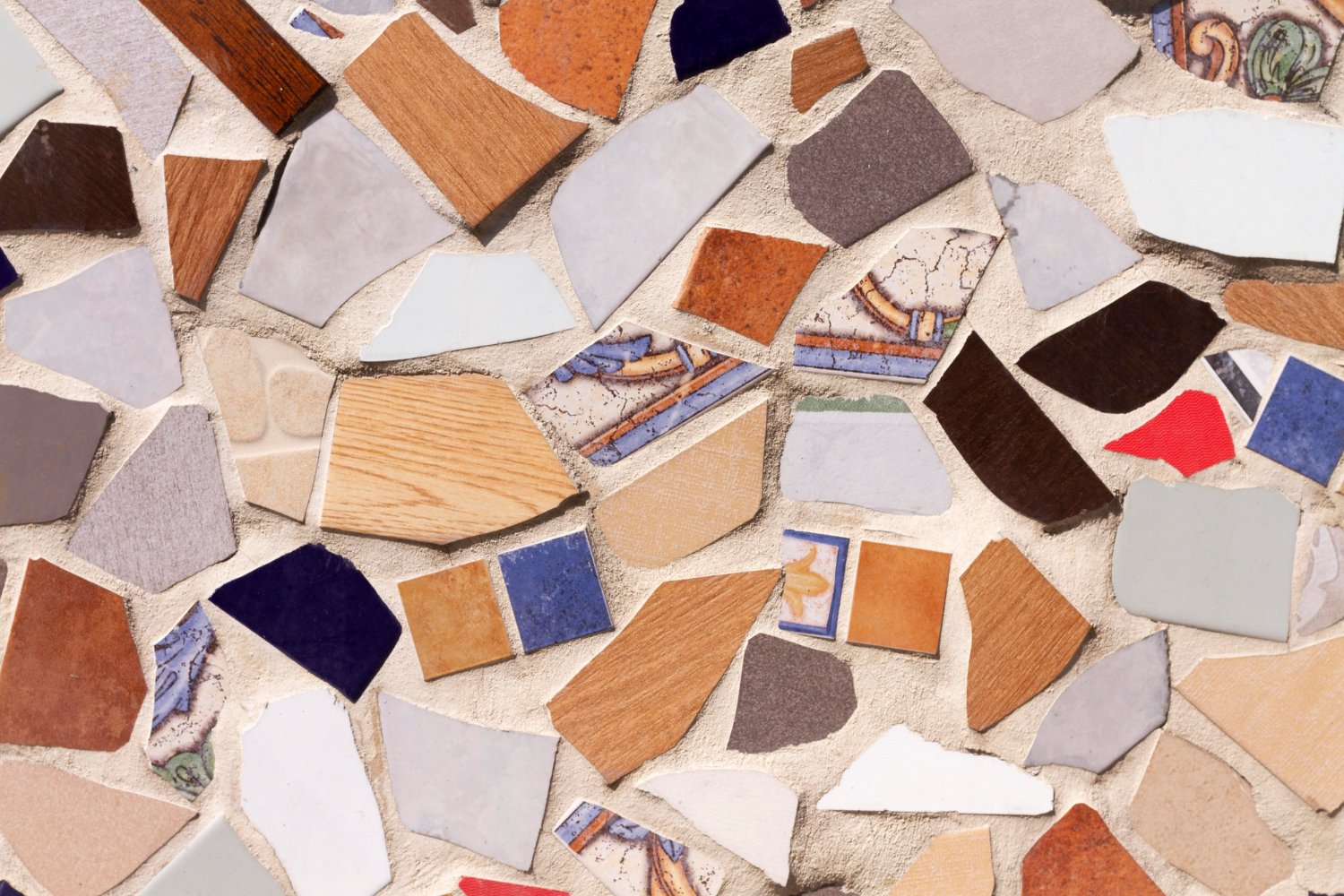The other most common type of tile is porcelain, which differs from ceramic tile. "The appeal of porcelain comes from its ability to emulate natural stone, brick, or wood—and without any of the maintenance," Castellano says.
"You get the same elegant finish without any of the upkeep or weathering. In addition, as it's an all-purpose tile, it comes in a variety of designs, colors, and styles to allow for versatility when designing a space. Porcelain can even be used outdoors, as it will not freeze, fade, or crack." Other applications for porcelain tile include bath or kitchen tile, high-traffic areas, and kitchen backsplashes.
The biggest drawback with porcelain tile is that installation can be tricky. While you can DIY an install, Castellano says many homeowners forget that you also need an adhesive when laying down this type of flooring.
Glass tile offers a clean and minimalistic aesthetic to any project. Interior designer Melissa Morgan says, "The stain resistance of glass makes it a fantastic alternative to natural stone. Red wine and any acidic foods like lemon and vinegar are wiped up with ease without any permanent staining".
"A potential drawback is that glass will, of course, chip quite easily along the edges," Morgan says. For that reason, she recommends not using glass tile in high-traffic areas like kitchen and bathroom floors. Instead, she suggests using them in smaller applications with less traction, such as gently used tabletops or desks, around the fireplace, or as a backsplash.

